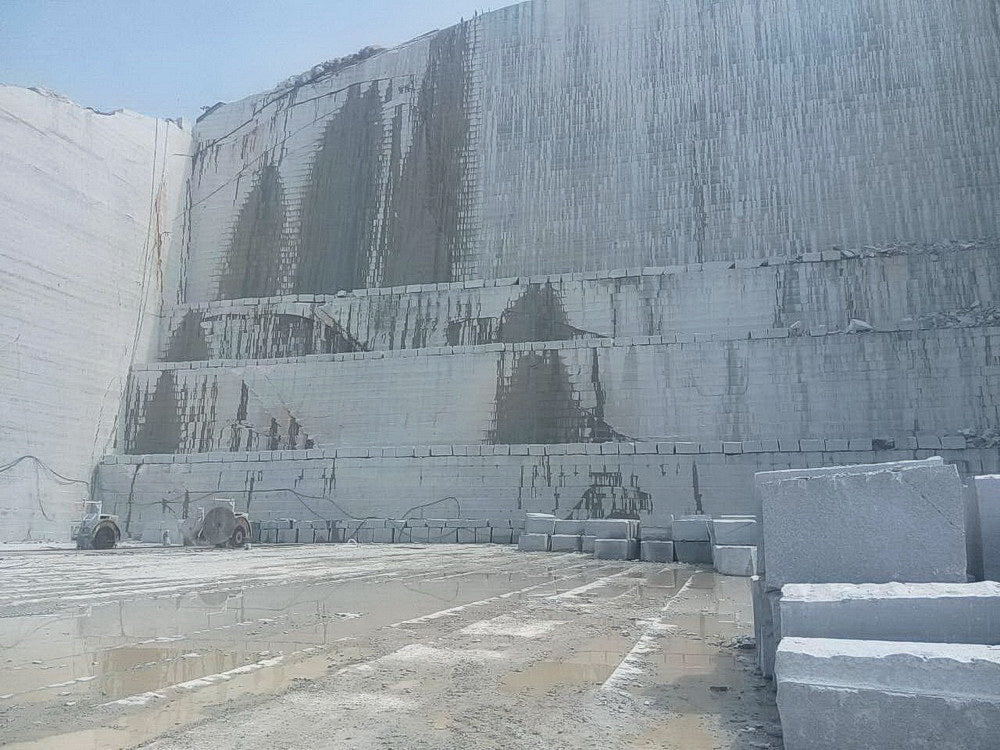A Trip Through Granite Quarries in South Africa: Introduction Nature's Artistry
A Trip Through Granite Quarries in South Africa: Introduction Nature's Artistry
Blog Article
Discovering the Rich Background and Lasting Practices of Granite Quarrying
As we base on the precipice of discovering the complex tapestry of granite quarrying, a trip through time discloses not simply the physical act of drawing out stone however also the cultural and historical value woven right into the really fabric of this method. From the old origins that laid the foundation for modern quarrying strategies to the lasting practices that are shaping the future of this industry, each chisel mark on granite surfaces informs a story waiting to be uncovered (granite quarries in south africa). The legacy of granite quarrying extends far beyond plain extraction; it is a testimony to human ingenuity, durability, and the long-lasting allure of this majestic stone
Old Beginnings of Granite Quarrying
Dating back to ancient human beings, the method of quarrying granite has actually been an integral part of human background and building development. The earliest evidence of granite quarrying days back to old Egypt, where huge pyramids and detailed sculptures were crafted from this durable stone. The Egyptians used primitive devices to remove granite blocks from quarries, showcasing the relevance of this material in their significant building and constructions.
Progressing in history, the Greeks additionally made significant contributions to the quarrying of granite. The Greeks used granite in different building wonders, such as holy places and statuaries, demonstrating their skill in shaping and carving this sturdy stone. The Romans additionally improved the strategies of quarrying granite, using innovative devices like knives and hammers to remove and form granite for their legendary frameworks.
Via the centuries, the practice of quarrying granite has actually evolved, with modern technologies improving effectiveness while keeping the timeless allure of this all-natural rock - granite quarries in south africa. From old worlds to modern home builders, the legacy of granite quarrying remains to form our globe
Evolution of Quarrying Methods
The evolution of quarrying strategies has been noted by a constant progression in the direction of higher efficiency and accuracy in extracting granite. Early quarrying strategies included manual labor with fundamental tools such as knives, hammers, and wedges to draw out granite blocks from the planet.
In more current times, the introduction of equipment reinvented the quarrying industry, allowing faster removal prices and boosted productivity. Technologies such as diamond cord saws, high-pressure water jets, and pneumatic drills have actually become typical in modern quarries, permitting accurate cutting and minimized waste. Furthermore, innovations in computer-controlled equipment and 3D modeling have maximized quarrying procedures, causing minimal environmental impact and enhanced sustainability techniques. As the need for granite remains to rise, the development of quarrying methods continues to be integral to meeting market requires successfully and sustainably.
Social Value of Granite
Granite holds an extensive cultural importance across numerous human beings due to its enduring existence in building masterpieces and revered monuments. The cultural value of granite prolongs beyond its physical features; it symbolizes resilience, security, and timelessness, making it an icon of withstanding legacies and customs.

Sustainable Practices in Quarrying
Among the abundant background of granite quarrying and its cultural significance exists an expanding emphasis on sustainable techniques within the sector. As environmental understanding and problems concerning source deficiency have enhanced globally, the quarrying sector has actually progressively embraced lasting approaches to reduce its impact on the setting browse around these guys and surrounding communities.

Additionally, improvement and recovery of quarry websites post-extraction are indispensable to sustainable practices. By restoring quarried areas to a natural or helpful state, such as developing wild animals environments or entertainment rooms, quarriers can counter the ecological impact of their procedures and add favorably to the regional environment.
Tradition of Granite Quarrying
With a historic backdrop steeped in craftsmanship and industrial progression, what sustaining influence has granite quarrying left on the landscape of modern-day culture? The tradition of granite quarrying transcends mere extraction practices; it has actually formed building marvels, urban landscapes, and cultural heritage worldwide. The sturdy nature of granite has actually made it a recommended option for monuments, buildings, and framework, standing as a testimony to the skill and artistry of quarry employees throughout generations.
Additionally, the economic footprint of granite quarrying can not be neglected. The industry proceeds to supply job opportunity and drive neighborhood economic climates in areas where granite extraction is prevalent. It has additionally stimulated technological advancements in quarrying strategies and equipment, leading to extra effective and sustainable techniques.
In terms of sustainability, the tradition of granite quarrying consists of efforts to alleviate environmental effects via improvement tasks and responsible resource monitoring. By balancing financial interests with ecological stewardship, the sector strives to make sure that future generations can proceed to take advantage of this long-lasting all-natural resource.
Conclusion

Report this page